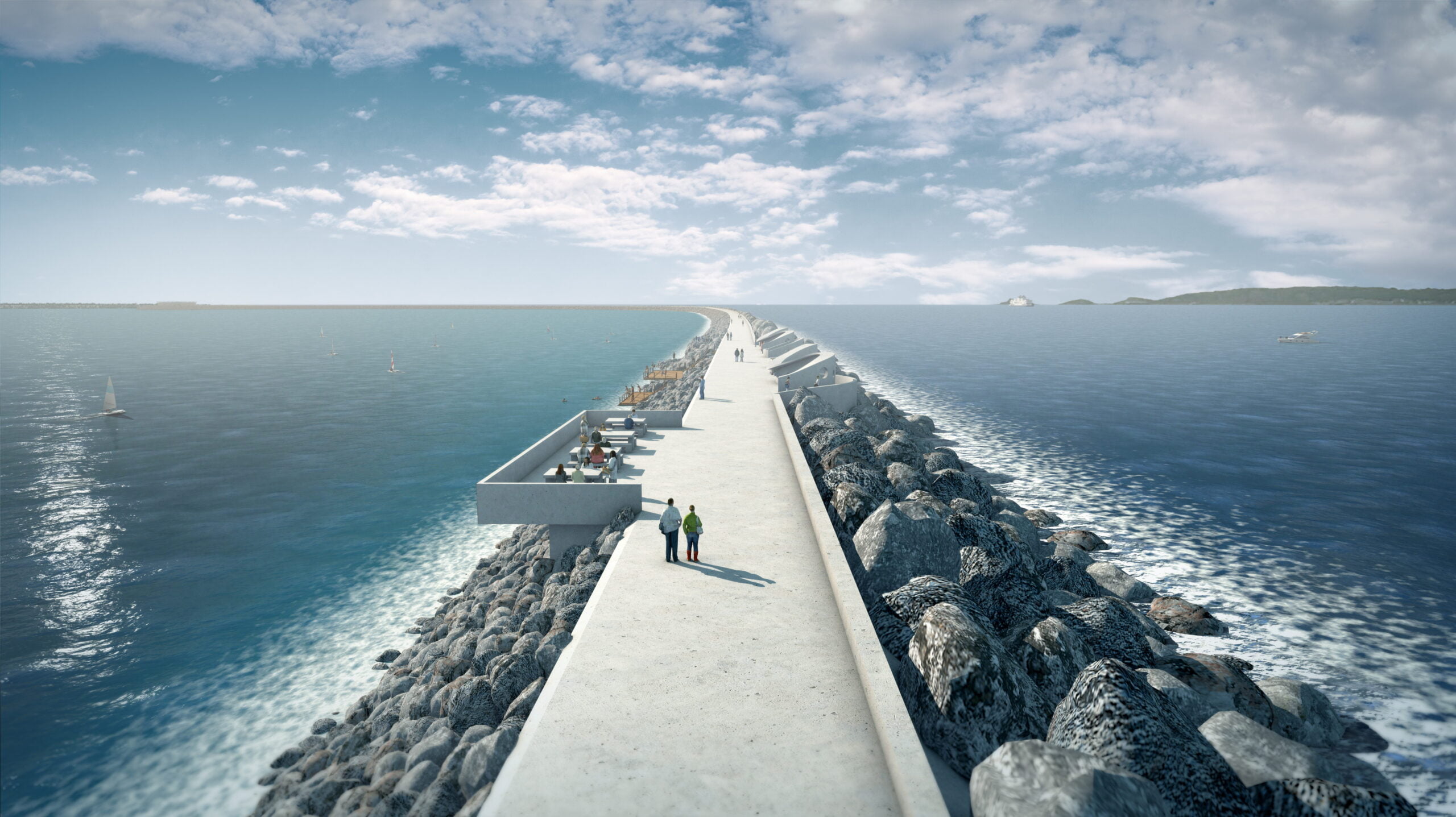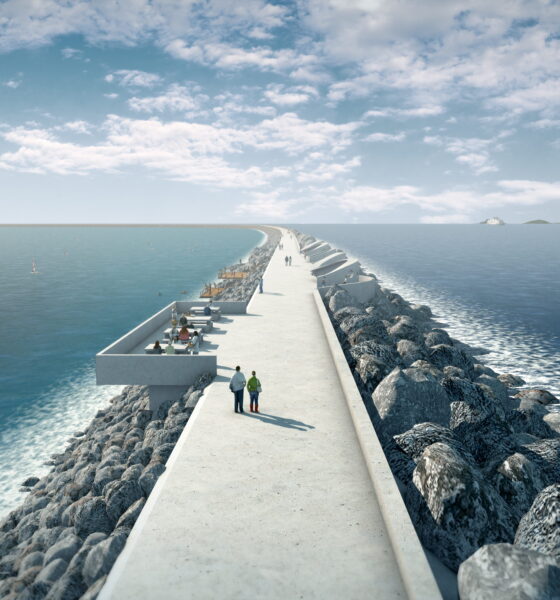

Energy
Swansea Bay Tidal Lagoon could inject £300m into Welsh economy
The construction of a proposed hydroelectricity project in Swansea Bay could generate as much as £300m of spending in Wales, according to a new report.
The £756m project, the first of its type in the world, would have an annual output of 420 megawatts (MW) – enough to power over 120,000 homes, or 70% of Swansea Bay’s annual domestic electricity use. Developers hope it will be operational by 2017.
The new report, by researchers from the Cardiff Business School, estimates that the project will lever close to £300m of regional spending spread over its three-year development period. This, the researchers say, could result in a total additional £454m of additional output in Wales and lead to the creation of £173m of gross value added for the country.
It also suggests that the construction project would provide the equivalent of around 1,850 full-time jobs in the region.
The researchers claim it would also create 60 permanent operational jobs and up to 90 more because of increased tourism.
Calvin Jones of the Welsh Economy Research Unit, one of the authors of the report, explained, “We estimate that the £300m of regional spending evenly spread over a three-year development period starting in March 2015 will result in a total of an additional £454m of additional output in Wales.
“This means for every £1m spent in the region, an estimated further £0.52m of economic activity is supported. Around half of this, almost £223m, is in the construction sector, with manufacturing and production the next largest portion at £170m.”
Max Munday, another of the report’s authors, said this could provide a massive boost to an area struggling with unemployment: “In Wales as a whole, following the recession, manufacturing employment has fallen by over 40,000 people and with around 30,000 jobs lost in the construction sector.
“Larger strategic projects such as Tidal Lagoon in Swansea Bay integrating construction demand with local manufacturing inputs and new industry will be an important means of strengthening prospects in these important parts of the regional economy.”
The tidal lagoon would require a six-mile-long U-shaped seawall enclosing an area of water over 7 sq miles, using submerged hydro turbines to create clean electricity for over 120 years.
Its developers are also hoping that the project in Swansea Bay will be the first of many.
Mark Shorrock, chief executive of Tidal Lagoon Swansea Bay, said he wants Swansea to become the supply chain hub for all similar projects.
“We have assembled a best-in-class consortium of UK and international industrial businesses to establish local production facilities and supply chains to serve Tidal Lagoon Swansea Bay and future developments”, he said.
“We are confident from our work so far with representatives of Welsh industry that Wales has the skills base, experience and scalability to serve a larger UK tidal lagoon industry.”
Further reading:
‘World’s largest tidal power project’ given green light in Scotland
Half of Scotland could be powered by the tides, say researchers
Community share offer launched for tidal lagoon project in Wales
Developer on board as construction of tidal lagoon at Swansea Bay edges closer


 Environment10 months ago
Environment10 months agoAre Polymer Banknotes: an Eco-Friendly Trend or a Groundswell?

 Environment11 months ago
Environment11 months agoEco-Friendly Home Improvements: Top 7 Upgrades for 2025

 Features9 months ago
Features9 months agoEco-Friendly Cryptocurrencies: Sustainable Investment Choices

 Features10 months ago
Features10 months agoEco-Friendly Crypto Traders Must Find the Right Exchange




























